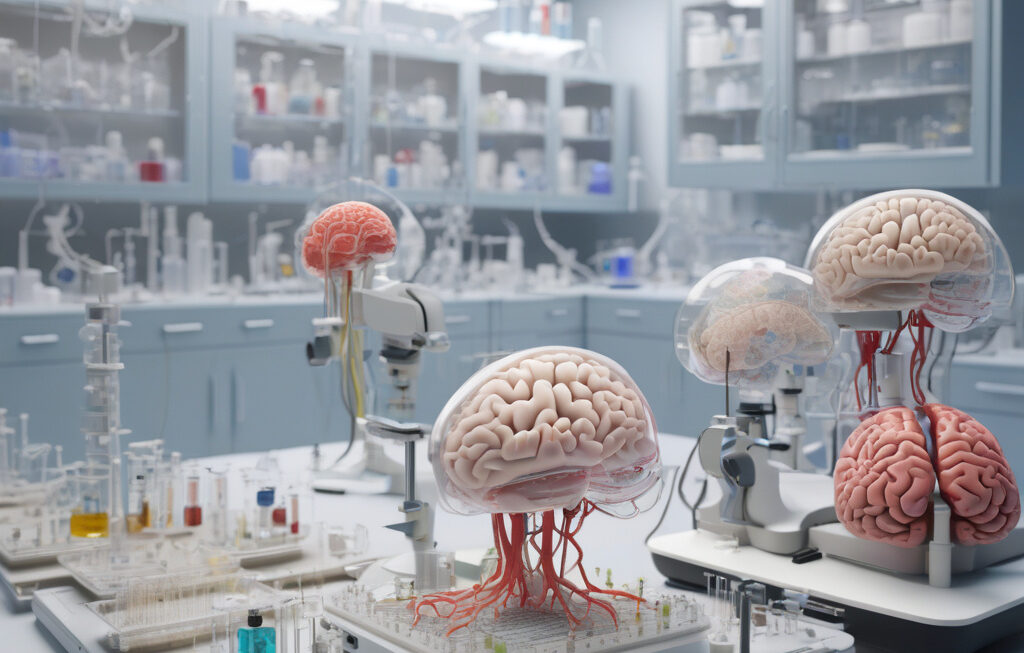Human-derived antivenom neutralizes 13 of world’s deadliest snakes’ toxins
In a pivotal advance for modern science, researchers have created the most universal and effective antivenom to date, capable of neutralizing the toxins of 13 of the world’s most deadly snake species. This groundbreaking development marks a significant leap forward in the field of herpetology and medical treatment for snakebite victims globally.
Snakebites pose a severe threat to public health, especially in rural and tropical regions where access to medical care is limited. Every year, millions of people fall victim to snakebites, with over 100,000 fatalities reported annually. The lack of effective and affordable antivenom has been a major challenge in combating this silent epidemic.
Traditionally, antivenoms are produced by injecting animals, such as horses or sheep, with small doses of snake venom to stimulate an immune response. The antibodies produced by the animals are then harvested and purified to create antivenom. However, this process is not only time-consuming and expensive but also carries the risk of adverse reactions in patients due to the non-human proteins present in the antivenom.
The new human-derived antivenom represents a paradigm shift in snakebite treatment. By utilizing a novel approach that involves isolating antibodies from individuals who have been exposed to a wide range of snake venoms, researchers have developed a broad-spectrum antivenom that can effectively neutralize the toxins of multiple snake species.
One of the key advantages of human-derived antivenom is its superior safety profile compared to traditional animal-derived antivenoms. Since the antibodies used in the antivenom are sourced from human donors, the risk of allergic reactions and serum sickness is significantly reduced, making it a safer option for snakebite victims, particularly children and individuals with compromised immune systems.
Moreover, the human-derived antivenom has demonstrated remarkable efficacy in preclinical studies, showing rapid and potent neutralization of venom toxins from a diverse array of snakes, including the notorious black mamba, king cobra, and taipan. This broad-spectrum activity makes it a valuable tool for healthcare providers in regions where multiple snake species coexist and traditional antivenoms may be ineffective.
The development of the human-derived antivenom also highlights the potential of biotechnological advancements in revolutionizing medical treatments. By harnessing the power of human antibodies and cutting-edge technologies, researchers have unlocked a new era in antivenom production that holds promise for addressing other neglected tropical diseases and venomous animal envenomings.
As this groundbreaking research paves the way for a more effective and accessible treatment for snakebites, it underscores the importance of continued investment in scientific innovation and collaboration. By supporting initiatives that aim to develop novel therapies for neglected diseases, we can make significant strides in improving global health outcomes and saving lives.
In conclusion, the creation of the human-derived antivenom capable of neutralizing 13 of the world’s deadliest snakes’ toxins represents a major breakthrough in snakebite treatment. With its broad-spectrum efficacy, superior safety profile, and potential for widespread impact, this innovative antivenom offers hope for millions of snakebite victims worldwide.
snakebite, antivenom, herpetology, medical treatment, scientific innovation












